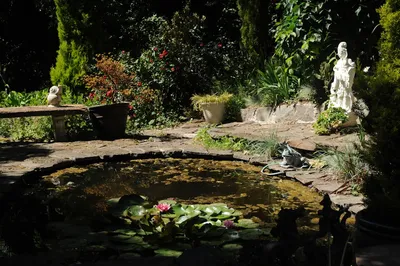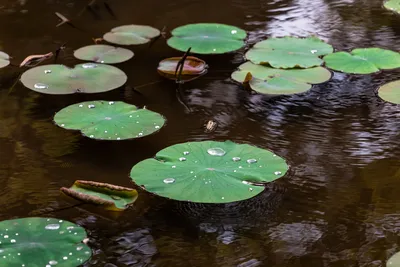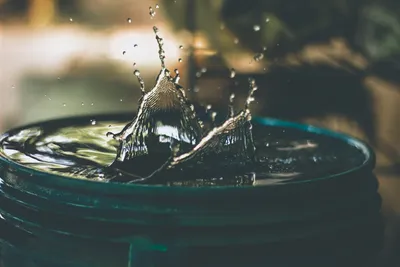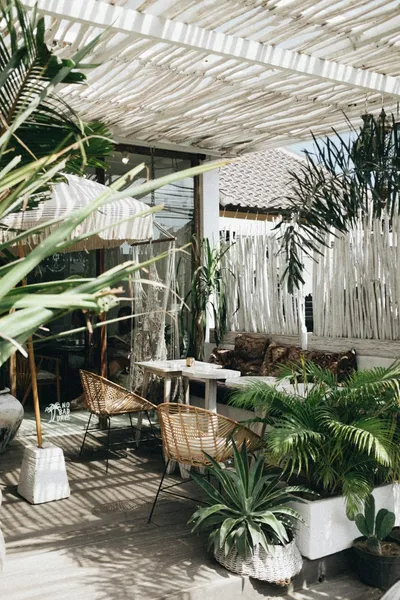Creating a Low-Waste Garden: Tips for Sustainable Gardening Practices
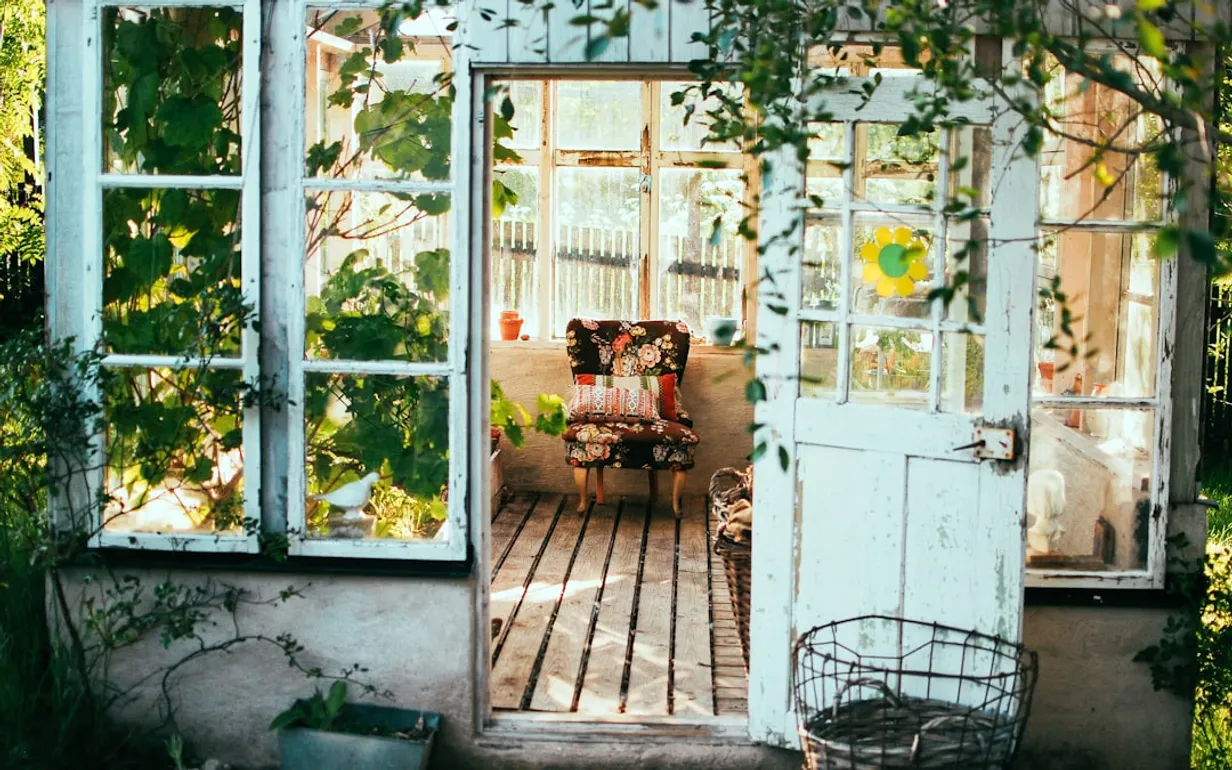
Why Low-Waste Gardening is Important
In an era where sustainability is more crucial than ever, adopting a low-waste garden design aligns perfectly with eco-friendly living. By minimizing waste, you not only contribute to environmental conservation but also create a healthy garden ecosystem that benefits both flora and fauna.
Choosing the Right Materials
Recycled and Upcycled Materials
Opt for materials such as reclaimed wood or recycled plastics. These materials often have the same durability and aesthetic appeal as new materials, reducing the demand for virgin resources and preventing waste.
Natural and Biodegradable Options
Utilize natural fibers for mulch or fabrics, like jute or hemp, which decompose more effectively in the soil. This not only improves soil health but also reduces landfill contributions.
Plant Selection for Sustainability
Native Plants
Select local native species to ensure that your garden thrives in Australia's climate. Native plants require less water and maintenance, making them perfect companions in your eco-friendly garden.
Perennial Plants
Invest in perennial plants that regrow every season, reducing the need for repeated planting and soil disturbance, thus lowering overall waste.
Water Conservation Techniques
Installation of Rainwater Harvesting Systems
Implement systems to collect and store rainwater for garden use. This reduces the reliance on municipal water and supports a sustainable watering cycle.
Drip Irrigation
Incorporate drip irrigation to ensure that water reaches the plant roots directly. This minimization of water usage also prevents excess runoff and erosion.
Composting: Nature’s Way of Recycling
Create a compost pile to recycle organic waste like kitchen scraps and garden trimmings. This reduces waste sent to landfills and provides nutritious compost to enhance garden soil naturally.
Minimal Impact Landscaping
Design garden beds and pathways that minimize soil disruption. Implement no-dig gardening techniques to maintain the structural integrity of your soil, which leads to healthier plant growth and less need for imported soil.
Encouraging Biodiversity
Fostering biodiversity in your garden helps create a balanced ecosystem. Incorporate varied plant species to attract different types of insects and birds, integral to a self-sustaining garden environment.
By integrating these low-waste gardening techniques, you can transform your garden into an environmentally friendly sanctuary that is both beautiful and sustainable.
Popular Gardening Guides
Explore our most loved gardening articles, featuring expert advice on plant selection and sustainable practices.
